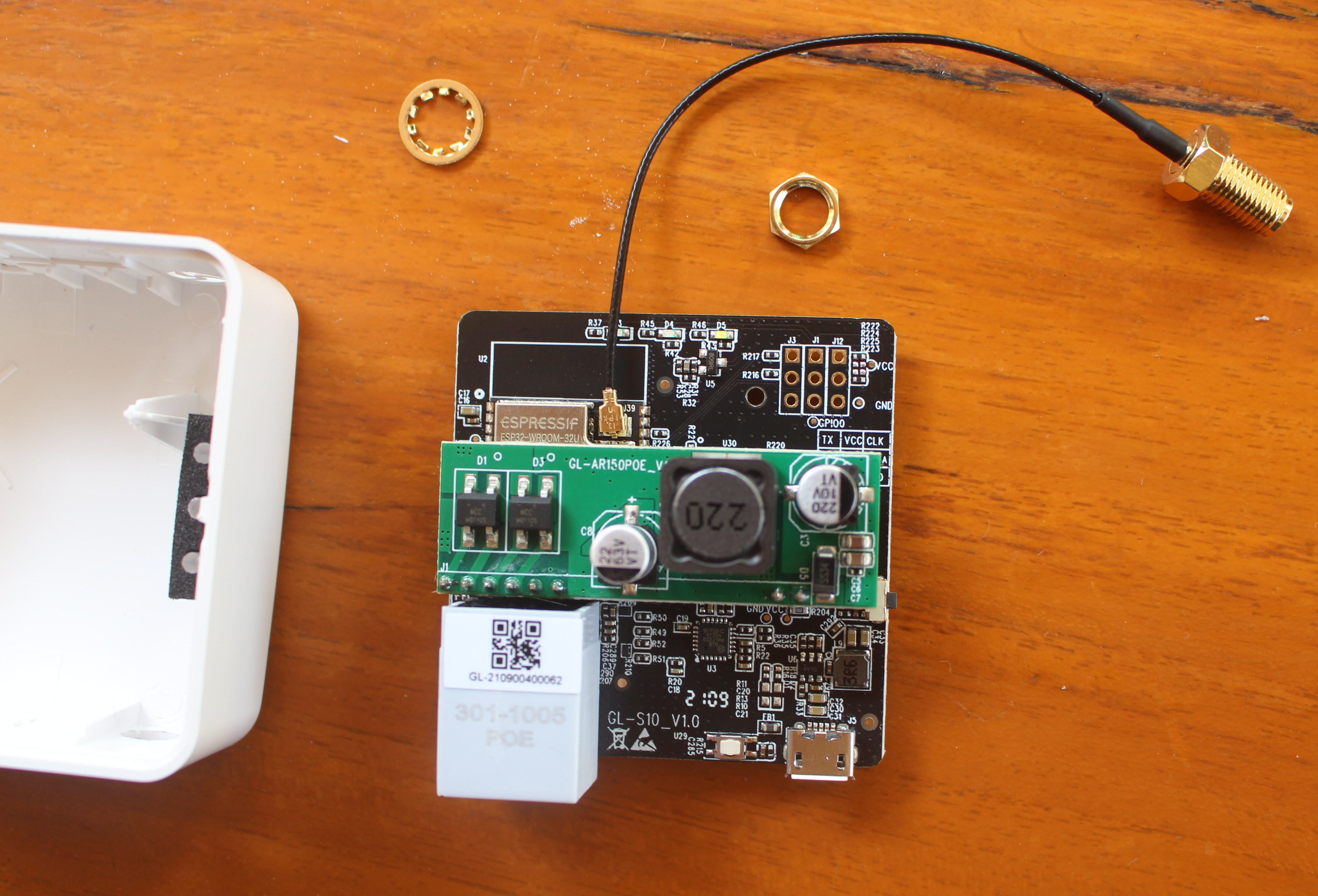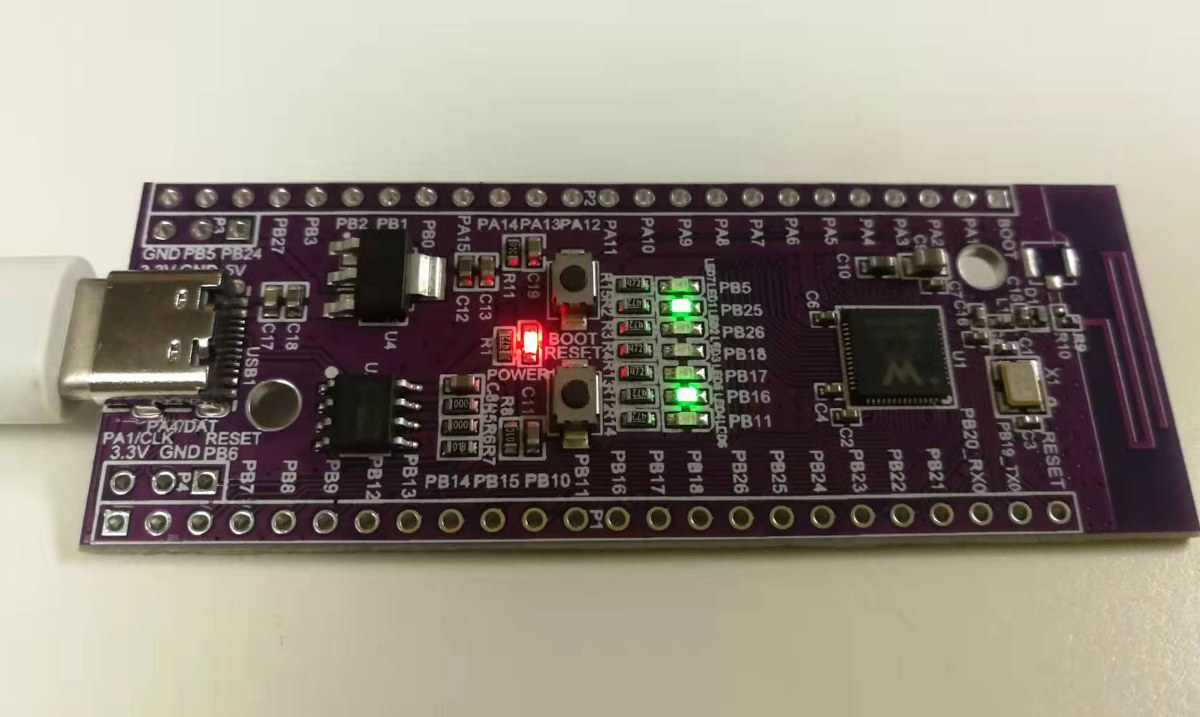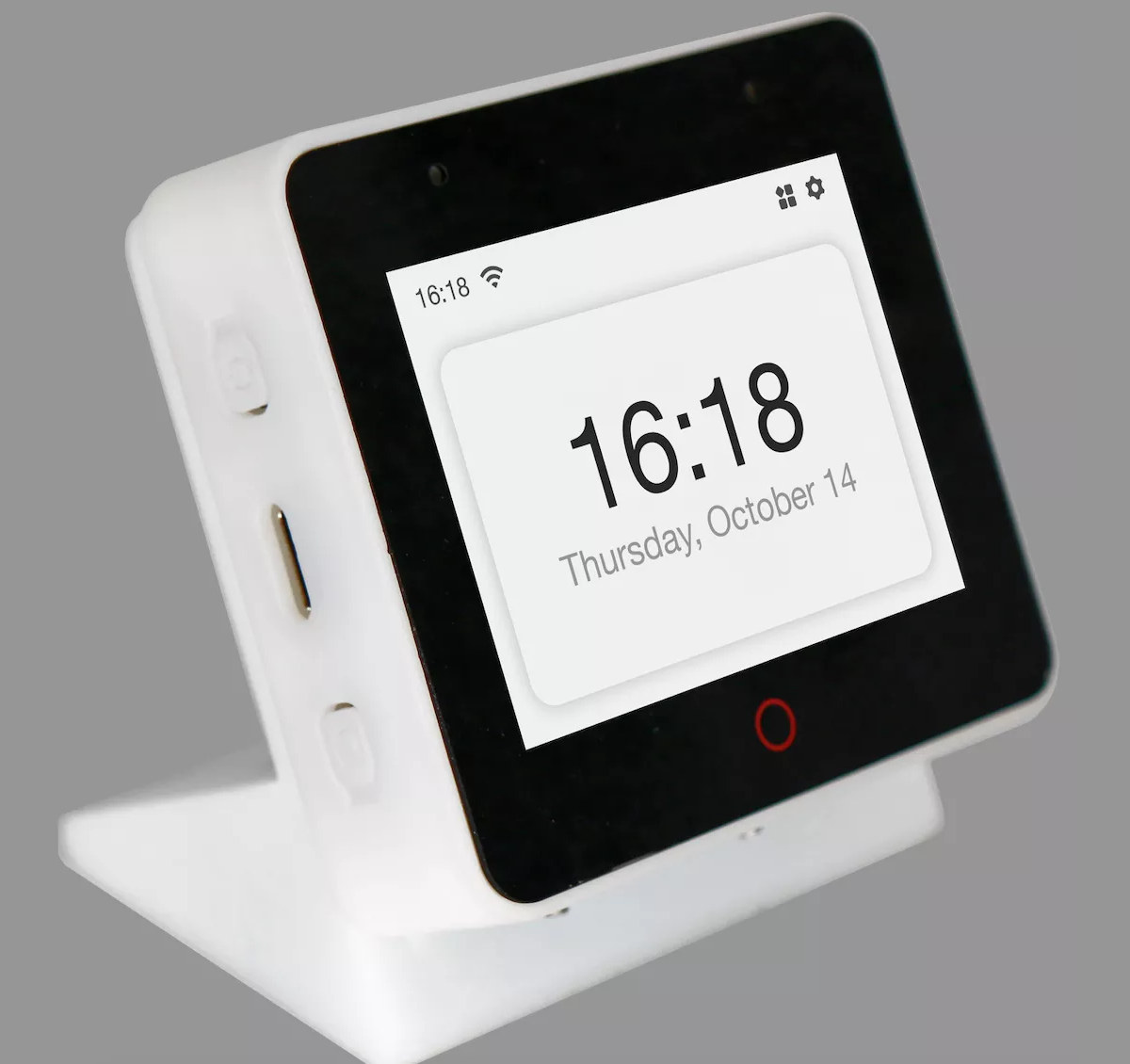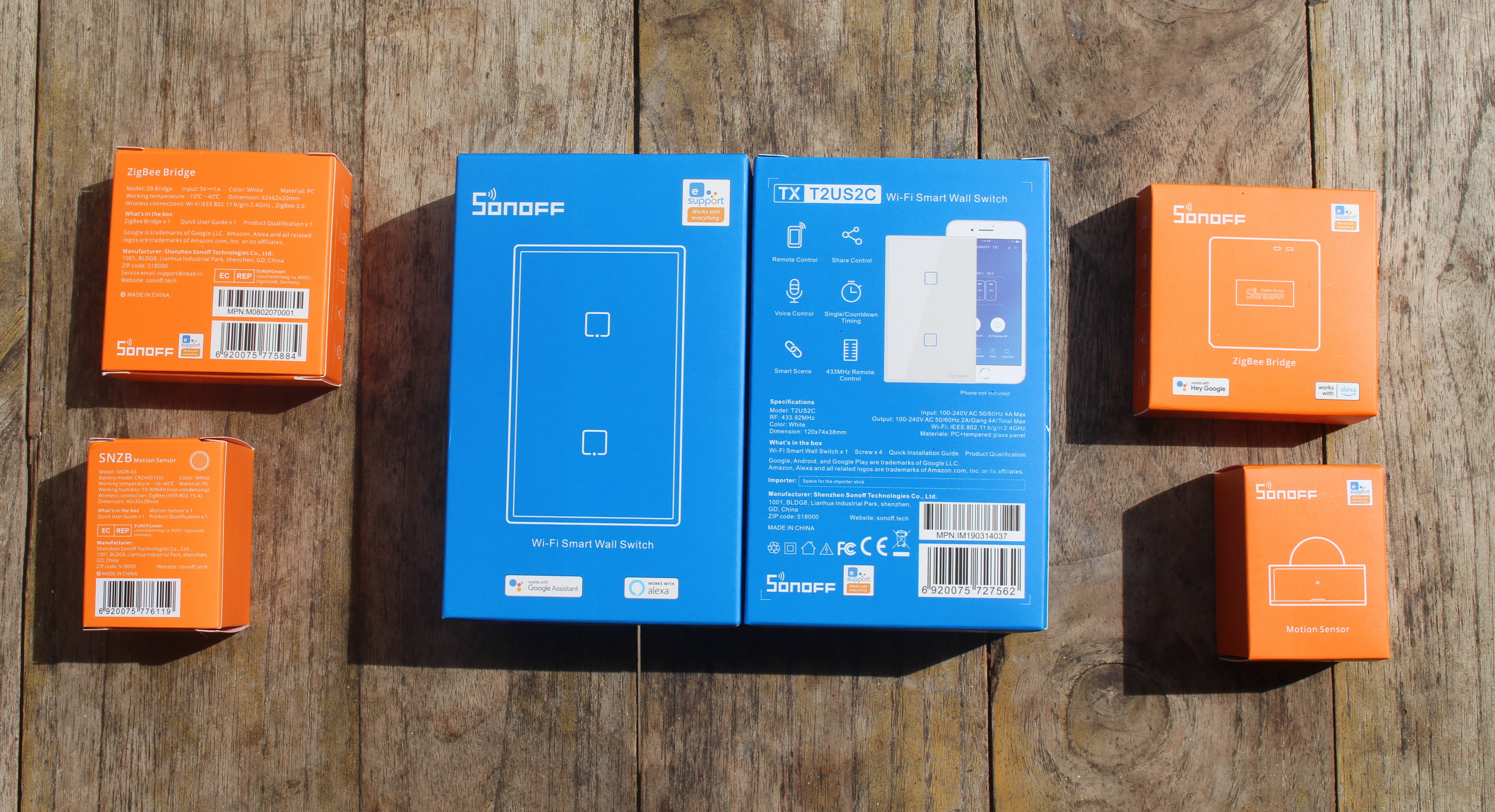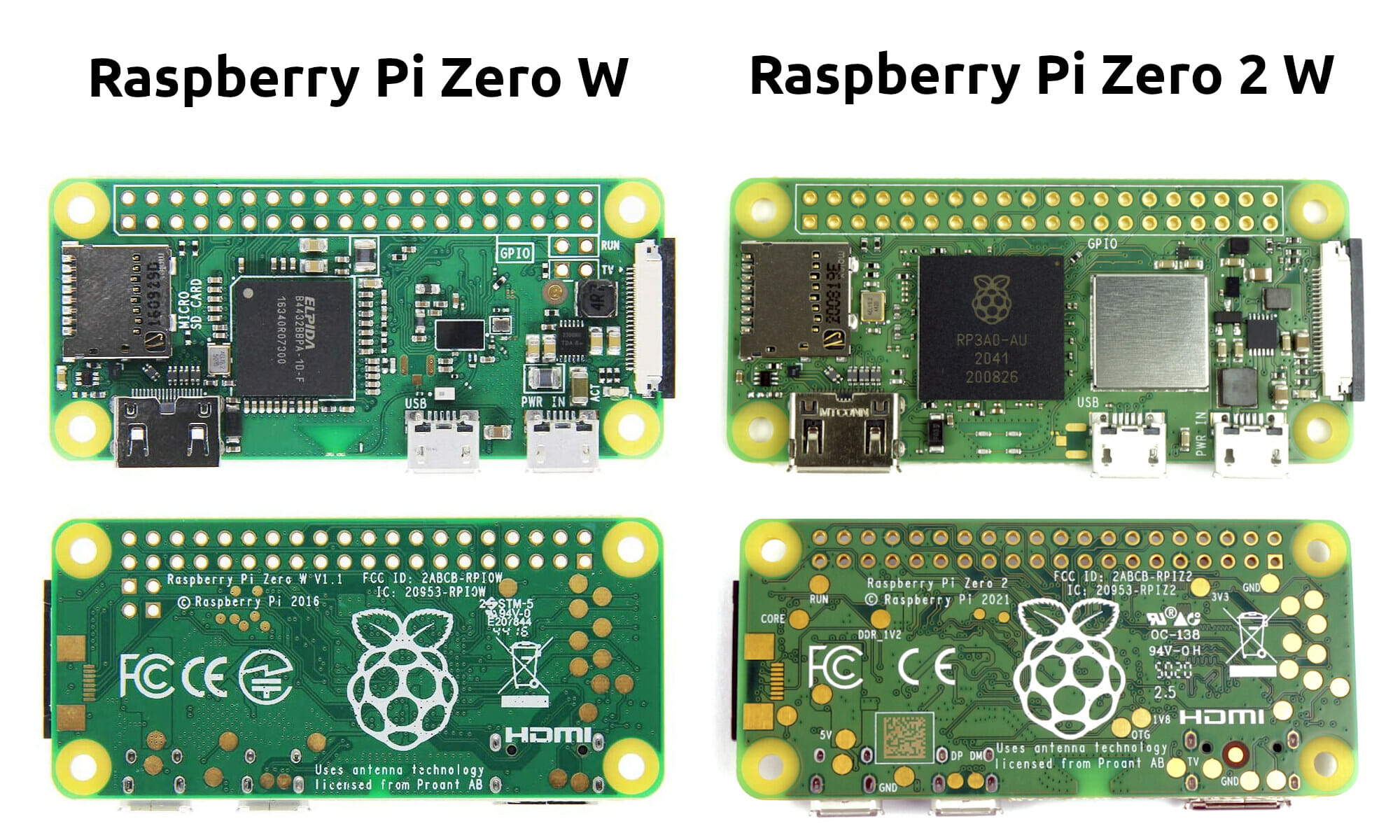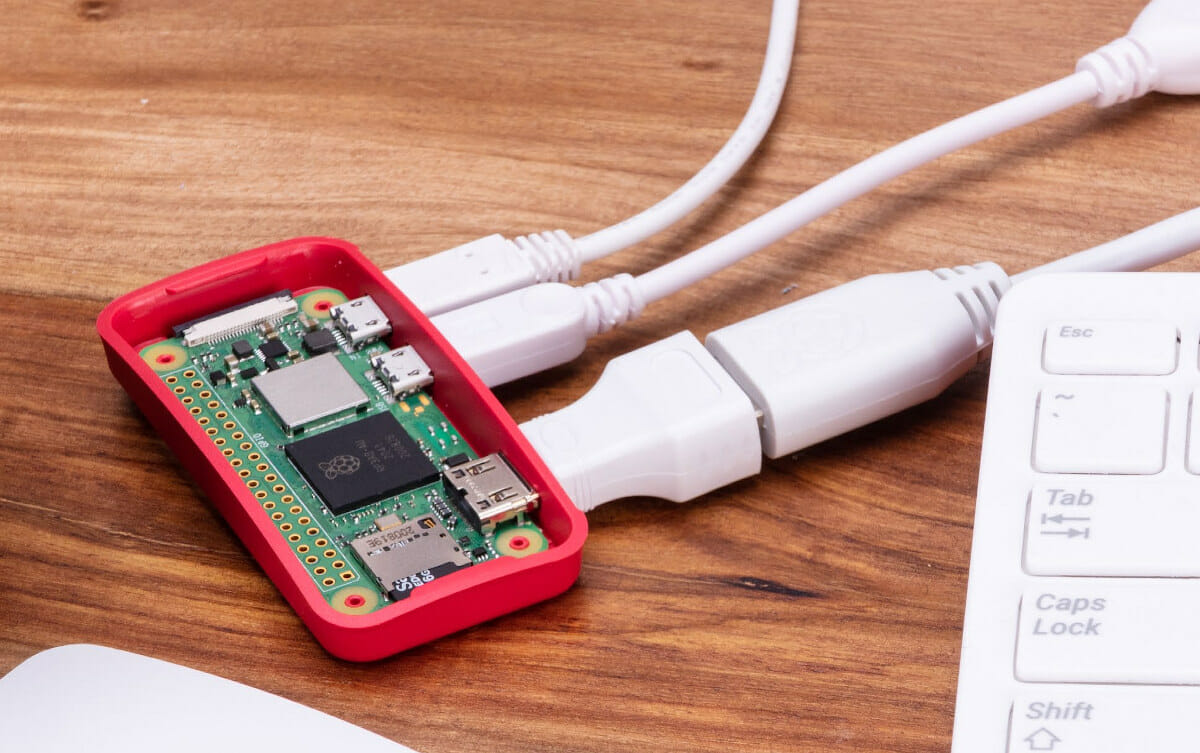GL.inet introduced the GL-S10 BLE to MQTT IoT gateway last month with an ESP32 module offering WiFi and Bluetooth connectivity, as well as Ethernet and PoE support. I got offered a sample for review, and just received it together with the optional BLE beacon. So today, I’ll first have a look at the content, and check out the hardware with a teardown. GL.inet GL-S10 unboxing The package shows us the main features with Bluetooth LE 4.2, WiFi, PoE, and external antenna, with GL-S10 described as a BLE IOT GATEWAY connecting IoT devices to the Cloud. The gateway ships with a getting started guide, an antenna, a USB cable for power, as well as the beacon which we can see with a 3M stick tape. On one side, we have the RJ45 connector for Ethernet and a micro USB port for power, while the other side features a reset button, plus […]
HLK-W801 board features Alibaba Xuantie XT804 based MCU with WiFi 4, Bluetooth LE 4.2
Earlier this month, we wrote about the 240 MHz WinnerMicro W806 Alibaba Xuantie XT804 C-Sky microcontroller with 1MB flash, 288KB SRAM found in the $2 HLK-W806 development board. But the company has a nearly identical WinnerMicro W801 microcontroller that bumps the internal flash to 2MB, and more importantly adds a 2.4 GHz radio with WiFi 4 and Bluetooth LE 4.2 connectivity, and HiLink also released the HLK-W801 board that’s nearly identical to HLK-W806, except for some extra LEDs, a USB-C port instead of a Micro USB port, and a longer form factor to make space for the PCB antenna. HLK-W801 board specifications: MCU – WinnerMicro W801 32-bit Alibaba XT804 microcontroller @ 240 MHz with 2MB Flash, 288KB RAM, FPU, DSP, crypto engine, 2.4 GHz radio Connectivity 802.11b/g/n WiFi 4 up to 150 Mbps supporting station, soft AP and station+soft AP modes, WPA2 security Bluetooth 4.2 Expansion – 2x 24-pin headers […]
Wireless thermal printer kit features M5Stack ATOM Lite controller
The M5Stack ATOM thermal printer kit is a desktop DIY thermal printer comprised of the company’s ATOM Lite IoT controller equipped with ESP32-Pico-D4 system-in-package and a 58mm thermal printer housed in a cardboard package. The printer can print text, graphics, barcodes, or QR code printings, and the pre-installed firmware offers two modes of operation with “AP Connect Print” where the printer is seen as an access point and can be controlled with a smartphone or computer from a web browser, and the “MQTT Notifications” mode that prints the content of MQTT messages. Highlights of the ATOM thermal printer kit: M5Stack ATOM Lite IoT controller with ESP32-Pico-D4 WiFi and Bluetooth SiP fitted with 4MB Flash 58mm thermal printer connected over UART (9600 bps 8N1) Supports for text/graphics/BarCode/QRCode Speed – 60mm/s 203dpi 8 dots/mm up to 384 dots per line Connectivity over WiFi AP hotspot connection, web-controlled printing Printing content sent via […]
Espressif introduces ESP32-S3-BOX AI development kit for online and offline voice applications
Espressif Systems has very recently introduced the ESP32-S3-BOX AI voice devkit designed for the development of applications with offline and online voice assistants, and whose design I find similar to the M5Stack Core2 devkit, but the applications will be different. The ESP32-S3-BOX features the latest ESP32-S3 processor with WiFi and BLE connectivity, AI capabilities, as well as a 2.4-inch capacitive touchscreen display, a 2-mic microphone array, a speaker, and I/O connectors with everything housed in a plastic enclosure with a stand. ESP32-S3-BOX specifications: WiSoC – ESP32-S3 dual-core Tensilica LX7 up to 240 MHz with Wi-Fi & Bluetooth 5, AI instructions, 512KB SRAM Memory and Storage – 8MB octal PSRAM and 16MB QSPI flash Display – 2.4-inch capacitive touchscreen display with 320×240 resolution Audio – Dual microphone, speaker USB – 1x USB Type-C port for power and debugging (JTAG/serial) Expansion – 2x Pmod-compatible headers for up to 16x GPIOs Misc Power […]
Setting up a motion activated light with Sonoff Zigbee sensor and T2 WiFi switch
Earlier this month, I received a Sonoff ZBBridge Zigbee gateway, a motion sensor, and a Sonoff T2 wireless switch in order to set up everything to work as a motion activated light using Zigbee and WiFi through the eWelink Android app and cloud service. You can check out the first post to have a closer look at the hardware and accessories. We’ve now had time to configure everything and will report the results of the project in this post. The idea is basically to detect motion with the Zigbee sensor, which then transmits the info through the gateway, and the T2 switch is controlled by the eWelink cloud. Last time around, I thought I had a switch with a neutral wire at home, but I did not check in detail enough, and I’ve been unable to use it. Without suitable switches in my home, it was not practical to rewire […]
Playing with Sonoff Zigbee & WiFi automation – Part 1: Hardware overview
I don’t think I’ve ever used Zigbee, but I’ll soon have the opportunity as ITEAD sent me the Sonoff ZBBridge gateway, a Sonoff T2 2-gang WiFi switch as well as a Zigbee motion sensor. I had reviewed several Sonoff devices in the past, but it had been over three years that I hadn’t. ITEAD recently contacted me basically telling me I could select whatever I wanted from their product list for a review on CNX Software. Since I had reviewed several of the company’s WiFi smart sockets, smart switches, and a light bulb, I had less to play with, and then I thought it might be fun to play with Sonoff Zigbee products. But I did not own any Zigbee hardware, so I had to think about a use case. I have a small annoyance in the house I rent. When we come back at night, we have to leave […]
Raspberry Pi Zero 2 W and Zero W features comparison
The Raspberry Pi Zero 2 W quad-core board has just launched, and in this post, we’ll look at how the new board compares to the original Raspberry Pi Zero W SBC. From the photos above they are nearly identical, but looking at the detailed specifications, we’ll find some interesting differences. So the main reasons to get a Raspberry Pi Zero 2 W over a Raspberry Pi Zero W is the extra performance enabled by the quad-core Cortex-A53 processor and possibly better wireless performance. The downsides are at the new board costs $5 more, and power consumption might be higher, but this would have to be tested under various scenarios. Another reason you may end up getting the Zero 2 W board that is not shown in the specifications is the recent shortage of chips, so the new board may be more likely to be in stock at your local distributor. […]
$15 Raspberry Pi Zero 2 W launched with quad-core CPU, 512MB RAM
Raspberry Pi Zero 2 W is the first quad-core SBC from the Raspberry Pi Foundation with the Raspberry Pi Zero form factor. Based on the RP3A0 system-in-package (SiP) comprised of a Broadcom BCM2710A1 quad-core Cortex-A53 processor and 512MB LPDDR2, the new Pi Zero W 2 board offers the exact same interfaces as its predecessor. This includes a MicroSD card socket, a mini HDMI port, two micro USB ports, a MIPI CSI-2 camera connector, as well as an unpopulated 40-pin GPIO header. The wireless module appears to have changed but still offers WiFi 4 and Bluetooth 4.x BLE, and it’s using the same VideoCore IV GPU to handle 3D graphics and video encoding and decoding up to 1080p30. Raspberry Pi Zero 2 W specifications: SiP – Raspberry Pi RP3A0 system-in-package with: SoC – Broadcom BCM2710A1 quad-core Arm Cortex-A53 @ 1GHz (overclockable to 1.2 GHz) with VideoCore IV CPU supporting OpenGL ES […]


